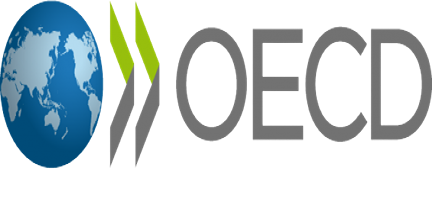On 23 June 2022 the OECD’s Forum on Tax Administration (FTA) issued Tax Administration 2022, which is the tenth edition of the report.
The report sets out internationally comparative data on various features of tax systems and tax administration, looking at the latest innovations and good practice, giving relevant examples. Tax administrations, governments and taxpayers can use the information to identify how and where improvements can be made in the efficiency of tax administration. The latest edition uses data from the Inventory of Tax Technology Initiatives, which holds information on technology tools and digital processes used by more than 75 tax administrations.
The report notes that tax administrations were able to continue serving taxpayers during the pandemic, and even to provide wider government support measures. The problems caused by the pandemic had the effect of accelerating the transition to digital services within tax administrations. In 2020 there was a 30% increase in digital contacts.
Tax administrations worldwide are aiming to extend the automation of tax compliance into further areas of interaction with taxpayers, to make the compliance process easier. Tax administrations have also adopted more flexible operating models for the period after the pandemic, implementing a hybrid working model that gives their staff greater choice in their work while continuing the same quality of taxpayer service.
A benefit of greater digitalisation for tax administrations is the ability to manage data and use analytical tools to make the best use of the data acquired. Tax administrations will in future be able to make full use of the opportunities provided by artificial intelligence to improve taxpayer services.
Tax administrations are also benefiting from the growth in the scope of international tax co-operation and knowledge sharing. The report notes that the OECD’s FTA is helping tax administrations to share their experience and knowledge. The FTA is also devising practical tools for use by tax administrations in their work, an example being the maturity model on digital transformation. Tax administrations can use this type of tool to identify their own strengths and weaknesses and look at areas where they would benefit from collaboration.
The wider international tax co-operation has provided tax administrations with access to information such as that provided by country-by-country (CbC) reporting, the common reporting standard (CRS) and the exchange of tax rulings. These give tax administrations access to large volumes of data in relation to cross border activities that can help in the task of risk assessment which in turn lowers compliance time and costs for the administration.

















